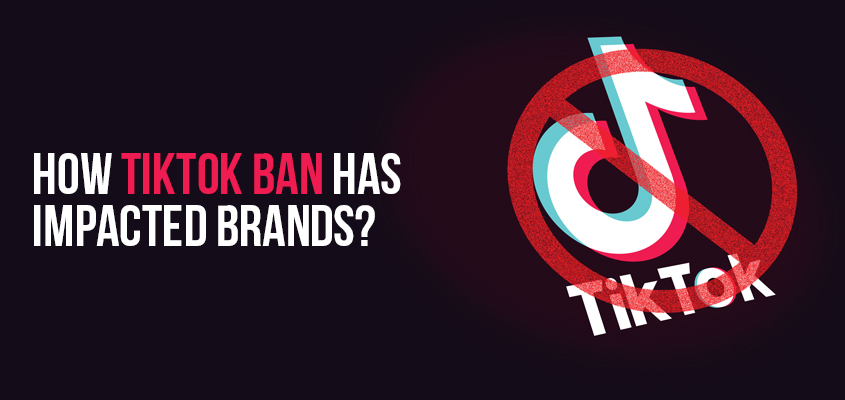A few days ago, Twitter was full of raging comments from millions of people across India.
Why?
Tiktok, a video creation platform symbolizing the aspirations of Young India, democratizing the technology and reaching the farthest corners of the country was banned by the government.
Though the demand for the ban came from the citizens itself, yet from the perspective of the platform, its users, and the marketers, the demand is blown out of proportion.
For the brands, their campaigns have taken a drastic turn since then and call for a renewed digital marketing strategy. It will be interesting to watch how brands react and adapt to this.
Brands Vocalize
In recent years, TikTok had positioned itself among the top social media platforms in India with more than 200 million users.
It was being widely used by brands across the spectrum to target the middle-class consumer segment.
For most of these brands, the ROI from TikTok campaigns was the biggest USP – a mere 20 % of the digital marketing budget would fetch them over 50% growth in traffic. The attractive gains from TikTok made firms across diverse sectors such as entertainment-driven OTT platforms, FMCG, automobiles lap up the opportunity.
Brands like Paytm, Vodafone, Cadbury, Fogg, Idea, Flipkart, etc. had a huge presence on TikTok because of the small expenditure required to generate awareness, leads, and eventually drive sales.
As the biggest chunk of users belonged to the younger generation, below age 21, it was easier for brands to make connections and match synergies with their target audiences.
In the years leading to 2020, TikTok emerged as an easy way to drive traffic to different ad campaigns. For example, Pepsi’s #SwagStepChallenge for six days on the platform generated over 4 billion views.
Brands have already invested a lot of time and budget to nurture their presence on Tiktok, but the unexpected ban has got them back to the drawing board to rethink their marketing strategies.
However, as the void is being felt across the marketing and advertising sector, no other platform has risen up to take up the baton.
No other platform seems to promise a similar ROI or the same engagement levels.
Influencer marketing, a strategy that was widely used by is also facing the brunt of the ban now as several of them had a presence on the platform.
A New Era
Since the ban, several platforms have joined the race to win in the curated short video space, eyeing the pie in the digital space of emerging young India.
A new disruption is very likely in the market with several established players with the likes of Instagram, YouTube, and Facebook reportedly in the process of launching their own short video platforms.
Instagram has already launched Reels in India and is in the middle of a global rollout.
Platforms like Instagram and YouTube always had an edge in influencer marketing strategies. Henceforth, they are more likely to be obvious choices of brands for promotional campaigns. So, influencer marketing won’t be having a long-term impact. Sooner or later the influencers are going to find a new platform, which can further serve as a vehicle for brand storytelling.
The brands targeting the digital user base of tier-2 and tier-3 cities should transition to new short-form video apps such as Mitron and Chingari, with bigger players transforming themselves into Super apps to bridge the demand-supply gap.
Wrapping Up
From the dawn of the 21st century, technology has always been a disrupting force guided by user preferences and marketing trends.
As a brand, you need to always be on your toes and ready to ride the wave.
In the last decade, digital marketing has come a long way – From blog writing to going viral on Facebook, engaging world-trending content on Twitter to instant reach on Whatsapp, from the era of aesthetic and visually appealing content on Instagram to mass content on Tiktok, brand marketing has evolved tremendously.
All of these are now things of the past and it will be quite interesting to watch how the third decade of the 21st century pans out for the brands.

